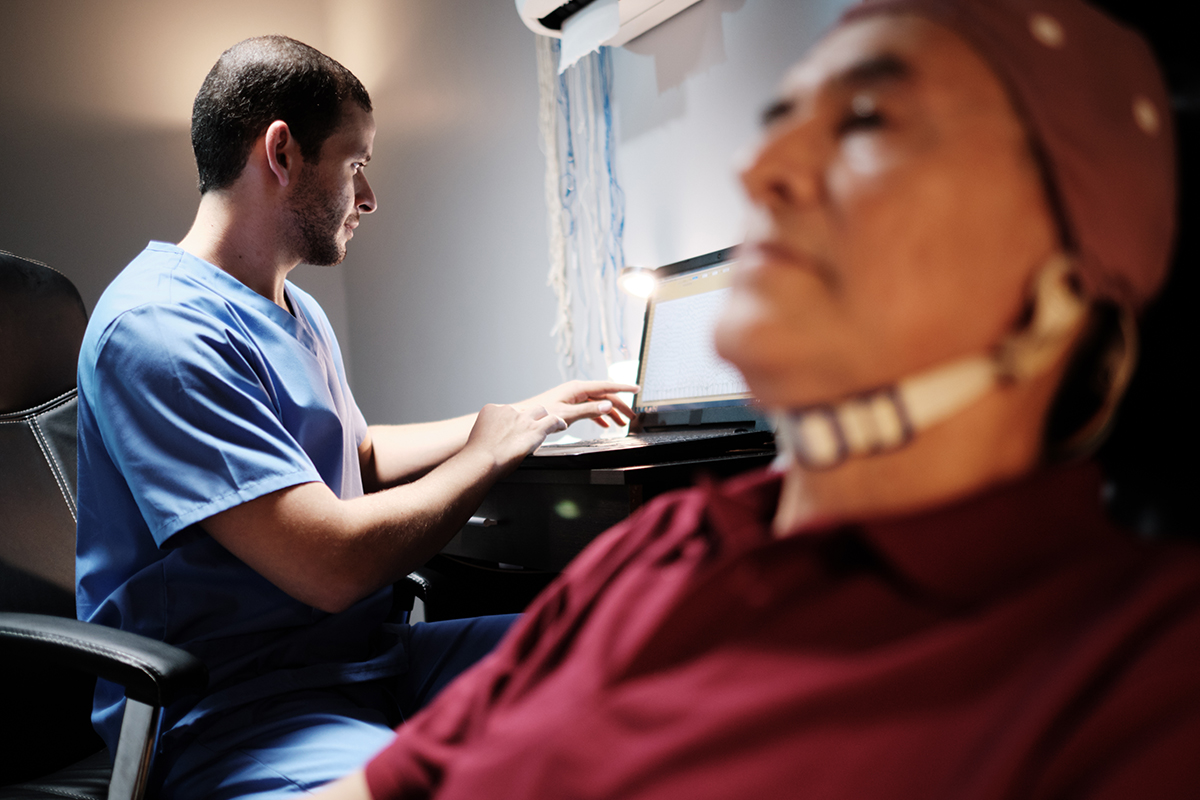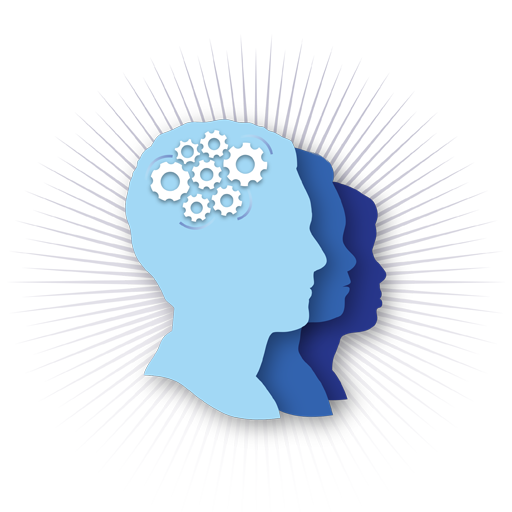
Natural Treatment For Attention Deficit Disorders Without Medication
When I was growing up in the 1970’s, there were always boys who were hyper. They couldn’t control their behaviors, responded impulsively to everything placed in front of them, and acted as if driven by little motors constantly running full speed inside their bodies. There were also boys who stared off into space on a regular basis, seeing a whole movie playing behind their eyes. There were girls who flitted around the room like social butterflies, and those who gazed out the window seeing a movie of their own.
Learn More
Attention Deficit Disorder ADD and ADHD Treatment in Chicago: Neurofeedback and Executive Functioning Training
By Ari Goldstein, Ph.D.
Most psychologists and doctors in Chicago have limited tools available for the treatment of Attention Deficit Hyperactivity Disorder (ADD and ADHD). Frequently, behavioral modifications and prescription medication are the only options presented to patients.
As an Educational Psychologist at Cognitive Solutions Learning Center in Chicago, I have noticed an alarming increase during the past decade in the number of referrals I receive for testing and treatment of disorders of attention (ADD and ADHD). What troubled me the most was that when the child received a diagnosis of ADHD (Attention Deficit Hyperactivity Disorder), of which ADD (Attention Deficit Disorder) is a subcategory, that child would almost certainly end up on medication.
It’s estimated by the Institutes of Mental Health that over 10% of the school-aged population have the disorder. That’s over two million children. And that’s conservative. If all these kids are put on meds, that seems scary to me as a parent and as a professional
I therefore became interested in researching the availability and effectiveness of non-medicinal treatments for attention disorders for those in Chicago. Through my research, I came across methods I have put together successfully to help children and adults without medication. I have developed a multifaceted, noninvasive approach to treating what is essentially a disability of regulation. People with Attention Deficit Hyperactivity Disorder (ADD or ADHD), whether children or adults, have difficulty regulating and controlling their behaviors, actions, thoughts, and problem solving. To treat the disorder, we need to know how the problems in regulation are manifesting and then develop an individualized plan to address the deficits.
It is essential to actively treat the regulation deficits, which offers a long-term solution, What I oppose is over-use of medication, not medication itself. Pharmaceuticals are an alternative to consider where a child’s behavior is destructive to himself or others, or for patients who have shown no improvement after following a non-medicinal protocol diligently for four to six months.
After a thorough evaluation including batteries of tests, if it appears diagnosis of Attention Deficit Hyperactivity Disorder (ADD ADHD) is appropriate, I will often send the client for a metabolic screening to rule out possible underlying blood-related causes for symptoms similar to ADD ADHD, such as blood sugar regulation difficulties, under or over active thyroid or lead poisoning.
The first prong my non-medicinal approach is nutrition and supplementation. What we put into our bodies has a tremendous role in how our brain functions. Sugar exacerbates ADD ADHD symptoms. The more stable the blood sugar level, the easier to regulate attention and the less of the anxiety experience which is often a part of ADD ADHD.
Removing processed foods from one’s diet and testing for and eliminating food allergies can also make a huge difference. Food allergies are a group of auto-immune disorders: the body is attacking itself. This can cause depression, anxiety and negatively affect one’s capacity for attention and learning.
Supplementing diets with Omega 3 fish oil from fatty fish like salmon and sardines supports enhanced brain function: Many Americans are deficient in this, and this can contribute to a range of psychological and cognitive difficulties. Likewise, pro-biotic foods like live culture yogurts improve general health and cognitive functioning.
The second prong is exercise and sensory input. Exercise helps balance the chemicals in our brain. This is especially important if a child is spending lots of time in front of video games, TV and computers. From the earliest days, these devices wreak havoc on our attention span: If a child spends more than two hours a day engaged in these pursuits, there is a greater chance of developing ADHD. From my perspective, the spike in diagnosis at least in part to children getting used to such constant and rapid media stimulation that it’s hard to adjust to the real world.
I have frequently observed that young boys diagnosed with Attention Deficit Hyperactivity Disorder (ADD ADHD) are hungry for sensory stimulation. I frequently put them on a diet with crunchy foods, and suggest activities like swinging on a swing and swimming, both to work off energy and calm them down. Tae Kwon Do is recommended as an excellent vehicle for engaging in physical activity with others, while instilling discipline and focus.
The third prong of my approach is executive functions training. These functions have a number of components that are found in the frontal lobe, from cognitive planning to physical organization, from controlling emotional outflow to working memory. Developing executive functioning and cognitive organization leads to physical organization,
A thorough evaluation of these functions will show which areas need to be addressed. While medications can help the behavioral and academic aspects, it is short lived. We do a child disservice when we do not train them in specific executive function skills. Parents can support this development as well through ensuring their children have structure and routine, which are comforting, and logical consequences where behaviors require modification.
The fourth prong, which is the leading non-medicinal treatment for ADHD, is neurofeedback. The brain is an electrical matrix with different signals being sent, but the signals may not be functioning optimally. The neurofeedback process consists of a video game the child plays with their mind. Initial brain imaging [QEEG] helps to show what is functioning optimally and what is not. Neurofeedback provides training to recognize what a brain wave state feels like, so we can shift it more easily. This teaches children with ADHD how it feels to shift their brain from a relaxed to an attentive state.
Individuals who wish to remain medication free are highly encouraged to explore the four prong treatment methodology laid out in this article. For more information, or for help in the Chicago area, please contact us.
Learn More
